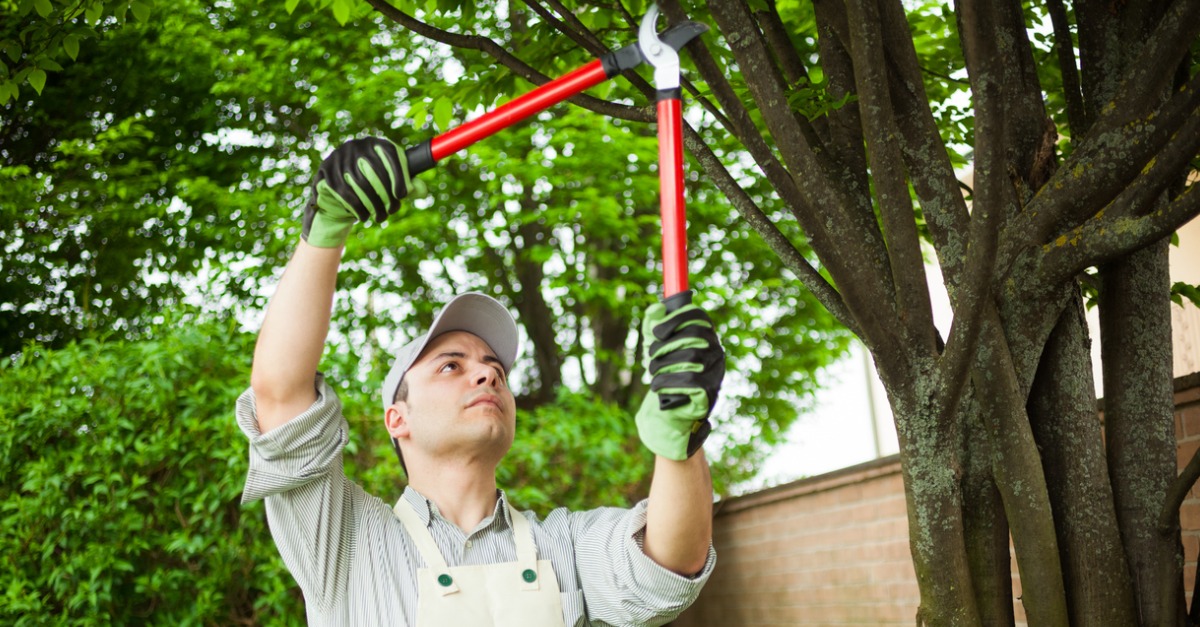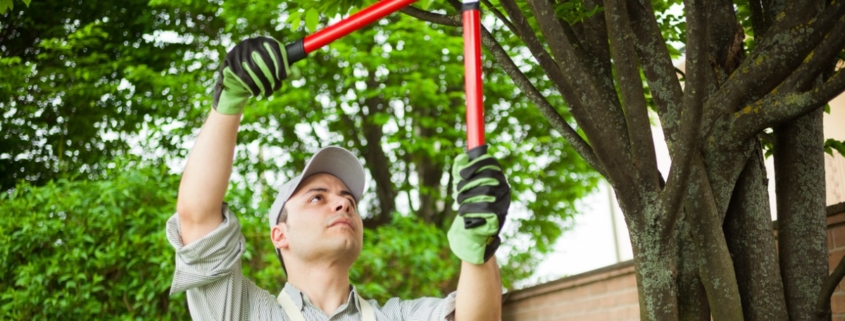DIY Hand Pruning Vs Professional Tree Pruning: Which One is Better for Your Yard?
Pruning your trees helps maintain their health, control their size and density, encourage future flowering, and give new life to older trees. Not doing so can result in property damage, disease, less-than-desirable yard appeal, and even potential bodily harm.
But which approach is better? Do-it-yourself hand pruning, or a full-on professional job? It depends on the answers to a few important questions.
Do You Have the Tools?
If you’re thinking that all you need to trim your yard is, say, a hatchet or a pair of sharp kitchen scissors, the answer to this question is decidedly “no.” In order to avoid injuring your trees and shrubs, or making them more susceptible to disease and pests, you really need the proper tools. This includes hand pruners (both anvil and bypass), a pair of loppers, a pruning saw, and either hedge shears or motorized hedge trimmers.
Beyond this arsenal, you’ll need a cool, dry place in which to store your tools to prevent them from rusting or damage to the blades. And don’t forget equipment with which to clean them after each trimming, to prevent spreading bacteria or other diseases to fellow trees.
Do You Have the Time?
In general, pruning is best scheduled between the last winter freeze and consistently warming temperatures that indicate spring is coming before too much longer. You want to make sure you’re pruning after the risk of hard freeze damage has passed, but before your trees are gunning up for springtime blossoms. Depending on how many trees and shrubs you have in your yard, that could mean a lot of trimming all at once.
Keep in mind too though that there are several tree types that you won’t be able to trim at the same time. Oaks, elms, and ash all need to be trimmed later in the summer or early autumn to protect them from invading pests. Several other popular flowering shrubs (including the hydrangea and gardenia) actually respond better to an early autumn trim. This means, depending on your landscaping, you could find yourself doing quite a lot of pruning more than once a year.
Do You Have the Knowledge?
Crossed branches. Suckers. Branches that are turning inward, and those that are dead or dying — you need to be able to identify all of these by sight in order to avoid cutting a limb that still has good life in it. It’s also important to know the difference between cutting away enough to encourage balanced new growth, versus hacking off so much that your tree (and your yard appeal) suffers. You want to make sure you’re cutting back old growth, but leaving enough to provide adequate sunlight and moisture absorption for optimal health.
If all of this sounds like a bit much to juggle, we suggest you reach out to the professionals at Premier Tree Solutions. Our experts can oversee all aspects of tree maintenance (including cleaning up our tools), so that you don’t have to. Book an appointment with us online or speak to one of our friendly, helpful staff members by calling 404-252-6448.










